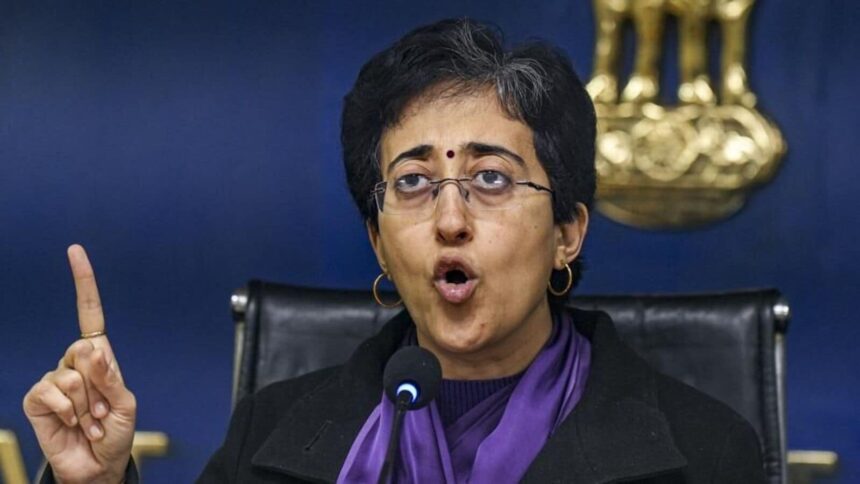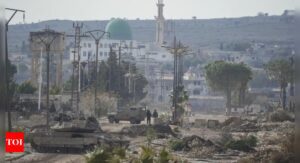Concerns over Demolition of Religious Structures in Delhi: A Community in Turmoil
In a recent development, Delhi Chief Minister Atishi has voiced serious concerns regarding the Religious Committee’s order directed at the demolition of several religious structures throughout the national capital. This order has sparked fears and protests among various communities, particularly the Dalit population, as many of the structures earmarked for demolition include temples and Buddhist places of worship that hold significant spiritual and cultural importance to them.
Background of the Issue
In her communication with Lieutenant Governor VK Saxena, CM Atishi outlined that the proposed list of demolitions could have severe implications for the community’s religious sentiments. The Dalit community, which has historically faced marginalization, regards these places of worship not merely as physical structures, but as integral parts of their cultural identity and spiritual life.
Atishi emphasized in her letter that the demolition of these revered sites could intensify existing tensions and hurt the sentiments of those who hold these places dear. In a city as diverse as Delhi, where multiple faiths coexist and contribute to the fabric of cultural identity, the sensitivity around such actions cannot be underestimated.
Concerns Raised by the Community
In her correspondence with the LG, Atishi noted the increasing fears among various communities about losing their sacred spaces. Space for worship is essential for the expression of faith, and the removal of these sites can be seen as an affront not just to religious beliefs but to the very identity of the communities that cherish them. As such, CM Atishi has urged for a reconsideration of the proposed demolitions, highlighting the emotional and cultural ramifications that could ensue.
Response from the Lieutenant Governor’s Office
In response to these concerns, the LG Secretariat issued a statement asserting that no religious structures—including temples, mosques, and churches—are currently under threat of demolition. They clarified that no files have been presented regarding such actions, suggesting that the allegations from Atishi are unfounded.
However, the statement further accused CM Atishi of engaging in "cheap politics" to deflect attention from her government’s shortcomings as well as those of her predecessor. The LG’s office also highlighted that directives have been issued to the police to remain vigilant against any potential vandalism or politically motivated disruptions during this sensitive time.
The Importance of Religious Sites
For millions, places of worship are not merely aesthetic structures; they embody deep emotional connections, historical significance, and communal identity. Temples, gurudwaras, and other religious spaces foster a sense of belonging and community.
During a time when societal divisions can easily be exacerbated by actions perceived as threatening to cultural or religious identities, the balance between development and respect for traditions becomes crucial. Preservation of these religious sites is essential not just for those who worship there, but for maintaining social cohesion in a multi-faceted society.
Recent Community Engagement
In tandem with these events, CM Atishi has continued her engagement with the community. Recently, she registered the granthis (keepers of the Sikh scripture) of a gurudwara in Karol Bagh for a monthly honorarium as part of the AAP government’s initiative to support religious leaders. Additionally, she paid a visit to the Sant Sujan Singh Maharaj Gurudwara, reinforcing her commitment to the spiritual and cultural needs of the community.
Conclusion
The tensions surrounding the proposed demolition of religious structures in Delhi underscore the need for clear communication and community engagement in governance. As communities express their fears about losing sacred spaces, it is vital for leaders to recognize the emotional weight these sites carry. Ensuring the protection of these structures can pave the way for greater understanding and harmony in a city defined by its rich tapestry of cultures and religions.
In the midst of ongoing political discourse, it remains to be seen how these issues will be resolved, and whether the government will heed the concerns raised by the communities it serves. The future of Delhi’s religious structures—along with the sentiments of its diverse population—hangs delicately in the balance.










